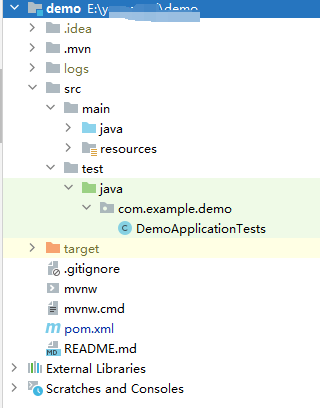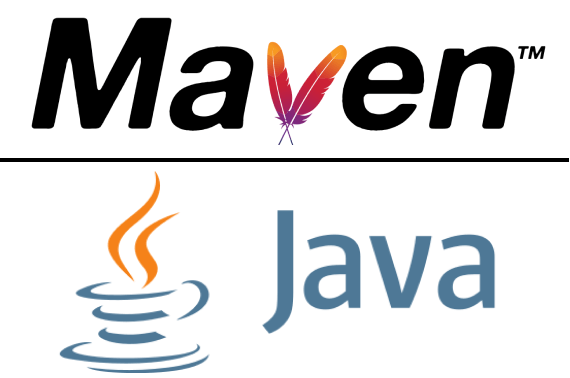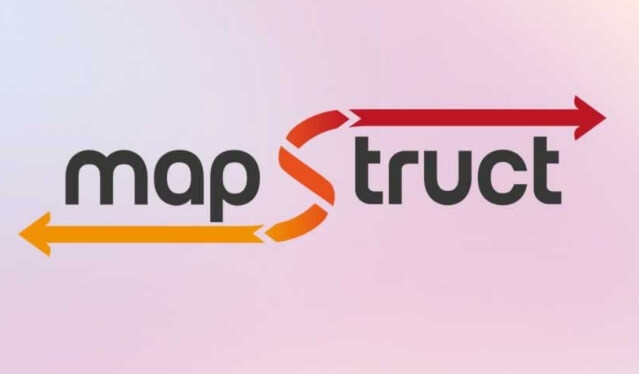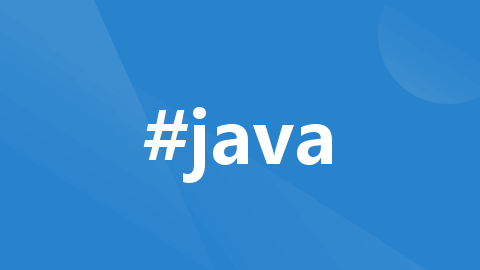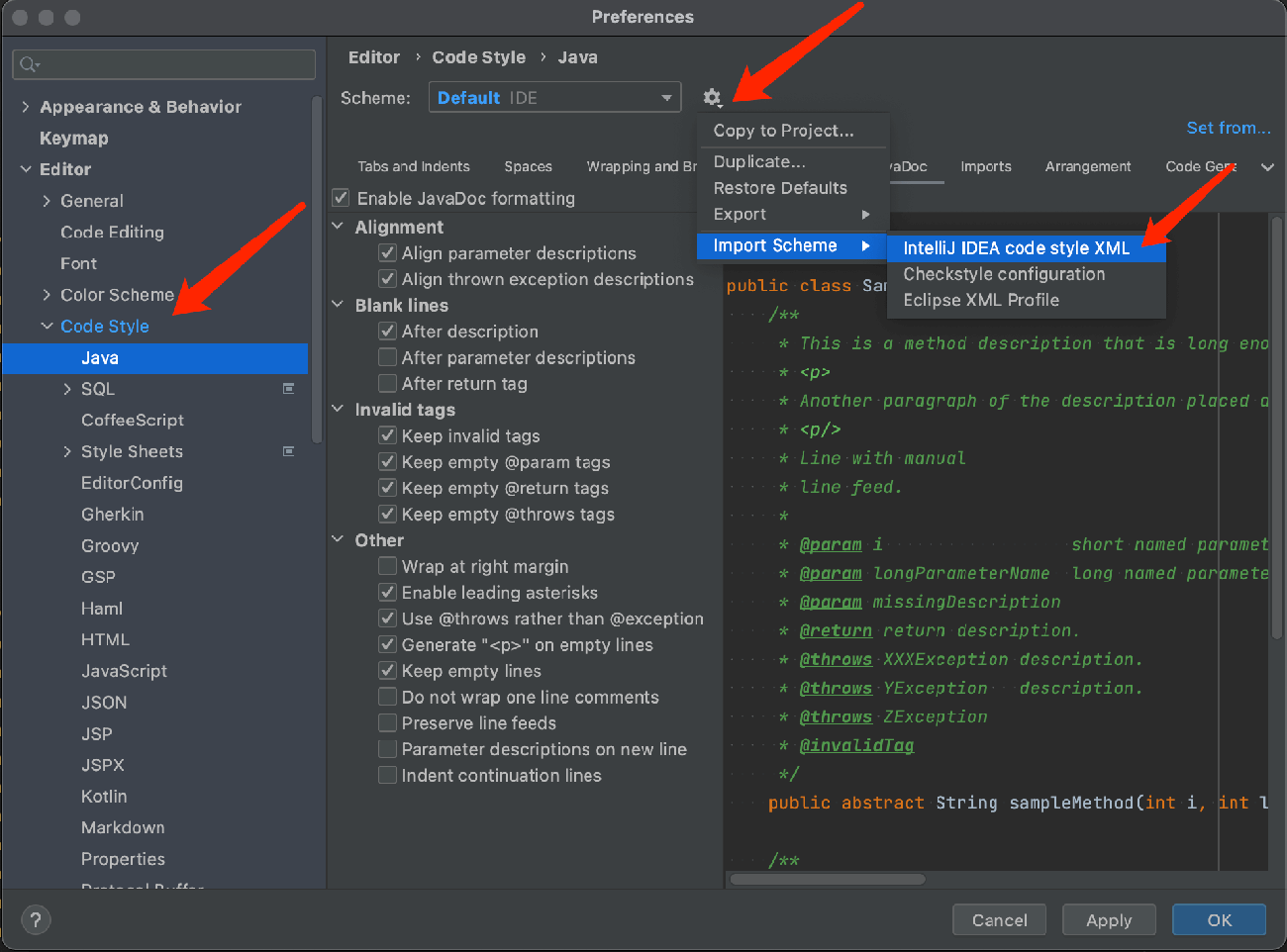The Java learning path is a structured, comprehensive process aimed at helping learners develop from zero to becoming proficient Java engineers capable of real-world project development. Below is a detailed Java learning path, covering everything from basic syntax to advanced frameworks, suitable for both beginners and learners with some foundational knowledge.
1. Basic Stage of Java
1.1 Java Language Fundamentals
Learning Basic Java Syntax: This includes understanding variables, data types, operators, expressions, control flow statements (such as if-else, switch, for, while, etc.), and the use of arrays. This is the first step in learning any programming language, and Java is no exception.
Mastering Object-Oriented Programming (OOP): Java is an object-oriented programming language, so understanding the concepts of OOP is essential. Learn core concepts like classes and objects, encapsulation, inheritance, and polymorphism, and reinforce understanding through hands-on coding practice.
1.2 Setting Up the Development Environment
Installing the JDK: The Java Development Kit (JDK) is fundamental for writing Java programs. Download and install the appropriate JDK version for your operating system, and configure the environment variables.
Configuring an IDE: Integrated Development Environments (IDEs) like IntelliJ IDEA and Eclipse offer features such as code editing, debugging, and version control, significantly enhancing development efficiency. Choose an IDE and complete installation and configuration.
2. Intermediate Stage of Java
2.1 Core Knowledge of Java SE
In-depth Understanding of the Java Collection Framework: Learn to use collections like List, Set, and Map and understand their principles, including the importance of generics.
Mastering Java I/O and NIO: Study file operations, character and byte streams, buffers, and gain a foundational understanding of non-blocking I/O (NIO) principles and usage.
Understanding Exception Handling Mechanisms: Learn about try-catch-finally statements, custom exceptions, and exception chaining, and master how to handle exceptions gracefully in Java programs.
Learning Multithreading: Understand basic concepts of threads, methods to create and manage threads, synchronization mechanisms (like the synchronized keyword, Lock interface, etc.), and the use of thread pools.
2.2 Fundamentals of Java Web Development
Learning HTML, CSS, and JavaScript: While not Java-specific, these are essential for web front-end development and are critical for building web applications.
Mastering Servlet and JSP: Servlets are Java classes used for handling HTTP requests, while JSP is a technology for generating dynamic web content. Learn the basics of Servlets and JSP, and understand the architecture of Java web applications.
3. Frameworks and Advanced Technology Stage
3.1 Java EE and the Spring Framework
Learning Core Java EE Standards: Standards like JDBC, JNDI, and JMS offer a foundation in the technologies and services of the Java EE platform.
In-depth Study of the Spring Framework: Spring is an open-source, comprehensive, and integrative enterprise application development framework. Learn modules like the core container, AOP (Aspect-Oriented Programming), Spring MVC, and understand core concepts like dependency injection and transaction management.
Studying Spring Boot: Spring Boot is a simplified version of Spring that offers tools and features for rapid application development. Learn features like auto-configuration and starter dependencies to quickly build and deploy applications with Spring Boot.
3.2 Databases and Persistence Technology
Learning Relational Databases like MySQL: Master CRUD operations, SQL language, database design, and optimization. Familiarize yourself with the JDBC API and database connection pools.
Studying ORM Frameworks: Frameworks like Hibernate or MyBatis provide Object-Relational Mapping (ORM) concepts and principles. Learn how to perform database operations using ORM frameworks.
3.3 Distributed Systems and Microservices Architecture
Studying Principles of Distributed Systems: Understand the basics of distributed systems, including concepts like the CAP theorem and consistent hashing.
Learning Microservices Architecture: Microservices architecture breaks large applications into small services. Study principles of microservices, use frameworks like Spring Cloud, and explore containerization technology with Docker.
4. Hands-On Practice and Project Experience
4.1 Contributing to Open Source Projects
By participating in open-source projects, you can gain exposure to real-world code and scenarios, enhancing your programming skills and problem-solving abilities. Choose an open-source project that interests you and make contributions.
4.2 Building Personal Projects
Combine your knowledge to create personal projects. Projects can range from simple console applications to complex web applications or distributed systems. Building real projects will deepen your understanding and application of concepts.
4.3 Practicing Coding Challenges and Interview Preparation
Practicing coding challenges helps consolidate knowledge and improve programming skills. Use platforms like LeetCode for practice. Also, prepare for interview-related topics and common questions, such as JVM principles, multithreading, concurrency, and database optimization.
5. Continuous Learning and Keeping Up with New Technologies
The Java ecosystem evolves rapidly, with new frameworks and technologies emerging frequently. As a Java engineer, maintaining a learning attitude and staying updated with new developments is essential to keep your skills relevant.
Conclusion
In summary, the Java learning path is a comprehensive and systematic process that requires dedication and practice. With consistent effort, you can become a proficient Java engineer.
